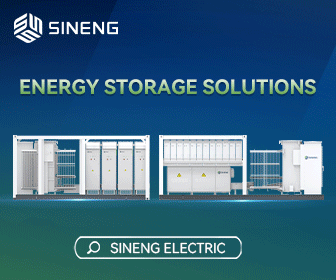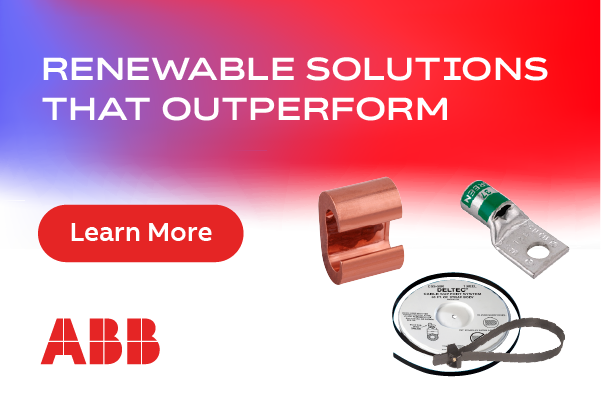Connecticut Governor and IKEA 'Flip-the-Switch' on Fuel Cell System to Generate More Onsite Power at New Haven Store
With Connecticut Governor Dannel Malloy and Bloom Energy Chief Commercial Officer Bill Kurtz on-hand, IKEA, the world's leading home furnishings retailer, 'flipped-the-switch' on its first fuel cell system on the east coast, at its store in New Haven, CT. Furthering the Swedish retailer's investment in fuel cell technology, this project complements the company's focus on other renewable energies such as solar and wind. IKEA already operates five fuel cell systems, at stores in California. Now that the New Haven fuel cell system is operational, IKEA is on track to generate 1.5 MW of energy in total via fuel cells, supplementing onsite solar arrays atop all these stores.
"Plugging-in this fuel cell system is an exciting milestone that complements our existing rooftop solar array," said Christof Stein, store manager. "Utilizing fuel cells will reduce our carbon footprint and help create an even more sustainable community here in New Haven."
Slightly larger than the physical size of a commercial back-up generator, the 250-kw project will produce approximately 2,081,376 kWh of electricity annually for the store, the equivalent of reducing 1,218 tons of carbon dioxide (CO2) - equal to the emissions of 233 cars or to providing electricity for 163 homes yearly (calculating clean energy equivalents at www.epa.gov/energy/greenhouse-gas-equivalencies-calculator). Combined with the 940.8-kW solar array installed atop the store in 2012, the fuel cell project will help generate a majority of the store's energy onsite.
For the design, development and installation of this fuel cell system, IKEA contracted with Bloom Energy - a provider of breakthrough solid oxide fuel cell technology generating clean, highly-efficient on-site power - to work in conjunction with local Connecticut contractors.
Drawing from its Swedish heritage and respect of nature, IKEA strives to minimize its operations' carbon emissions because reducing its environmental impact makes good business sense. IKEA evaluates locations for conservation opportunities, integrates innovative materials into product design, works to maintain sustainable resources, and flat-packs goods for efficient distribution. U.S. sustainable efforts include: recycling waste material; incorporating key measures into buildings with energy-efficient HVAC and lighting systems, recycled construction materials, warehouse skylights, and water-conserving restrooms; and operationally, no plastic bags in the check-out process, and selling only LED lighting. IKEA U.S. has installed electric vehicle charging stations at 14 stores and solar arrays at 90% of its locations, integrated two geothermal projects at two store locations and owns two wind farms. This investment in fuel cell technology reflects the company's goal to be energy independent by 2020.
Bloom Energy | www.bloomenergy.com









